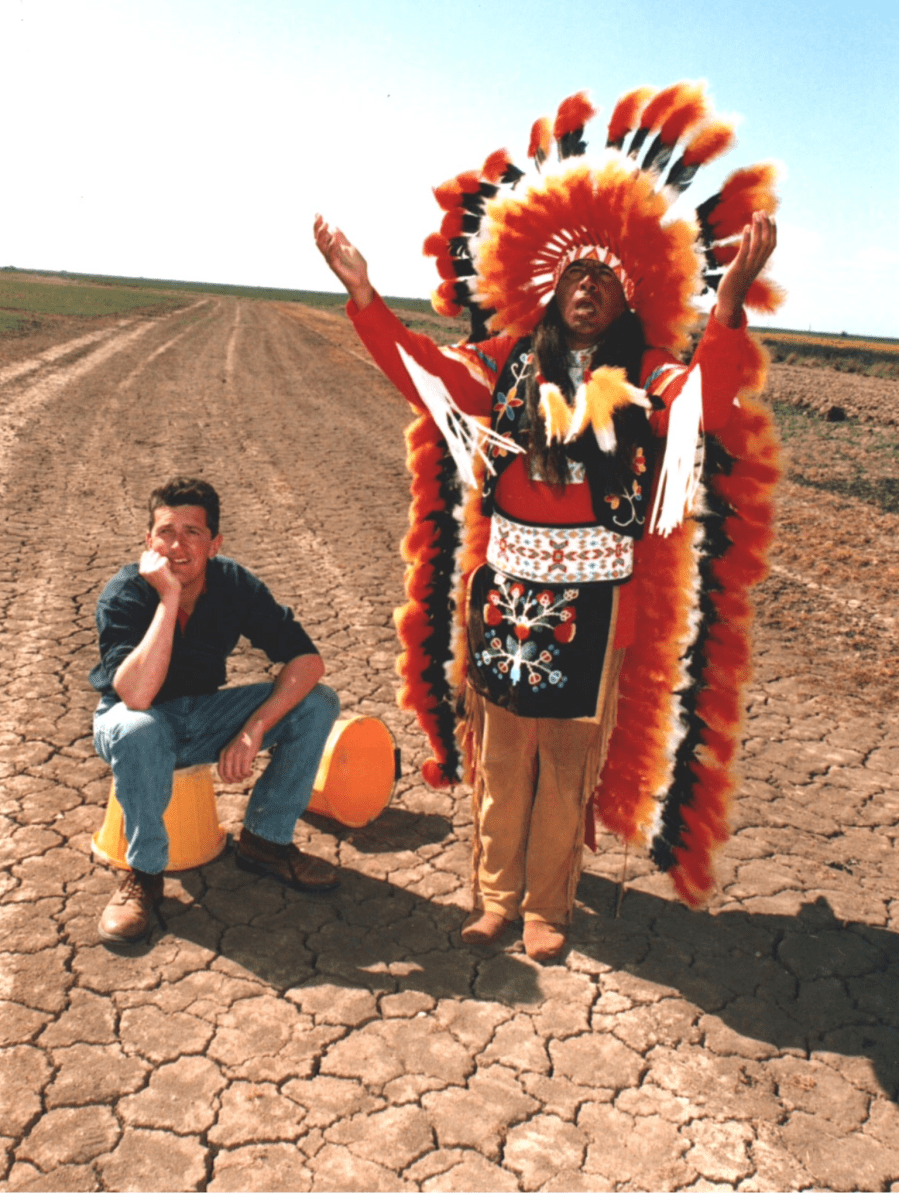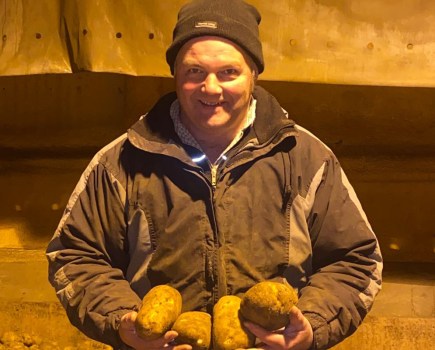By Guy Smith
In my previous column I mentioned we were about to replace one of our owl boxes because it was becoming very dilapidated after 25 years of use. The good news is, that within days of replacing the box in late March, it had occupants.
It’s heartening to know there are couples out there looking for good quality accommodation. Personally, I felt a little conflicted between delight to see such immediate success, along with a twinge of guilt because I hadn’t changed the box before. Barn owls only live for on average four years, so you really shouldn’t delay these things.
They’re also one of the iconic species of the British countryside. Their screeching calls at night are one of those haunting sounds that adds a bit of magic to living on a farm. It’s this time of year when they’re most active as they have hungry young to feed.
A barn owl typically eats 3-4 prey items a night, usually voles. During the breeding season, a pair of barn owls will (ideally) find this amount for each owlet as well. Given some broods can have up to five chicks, it can make for a busy night.
Barn owls are notoriously difficult to count because of their nocturnal habits. Indeed there’s a school of thought that plenty of daylight sitings may be a bad sign, as it suggests the owls are desperate for food and are hunting outside their preferred times.
So when it comes to assessing how well the species is doing, then the best figures to look at are brood figures where nest boxes are inspected and chicks are rung. The good news is, that these figures during the past few years are positive. Long may they thrive.
I realise I’m not alone in that the months of March and April combined gave us less than an inch of rain. To date, the month of May hasn’t significantly added to that paltry total. For fear of sounding dramatic, there are deserts that get more spring rainfall than this. I’ve can’t remember a spring where we seem to be permanently in the grip of an easterly wind either.
In the words of the old farming weather lore ‘a wind from the east is no good for man nor beast’. The point being, that east winds are usually cold and dry. Out in the fields the crops seem to be bearing up reasonably well but are starting to stress. There was probably just enough rain to wash the fertiliser in but the next few weeks will be critical.
So I enclose a photo from April 1997 in the hope it might encourage some rain. I recollect the harvest that year was saved by June rainfall. Here’s hoping for a repeat.
This article was taken from the latest issue of CPM.
For more articles like this, subscribe here.
Sign up for Crop Production Magazine’s FREE e-newsletter here.




